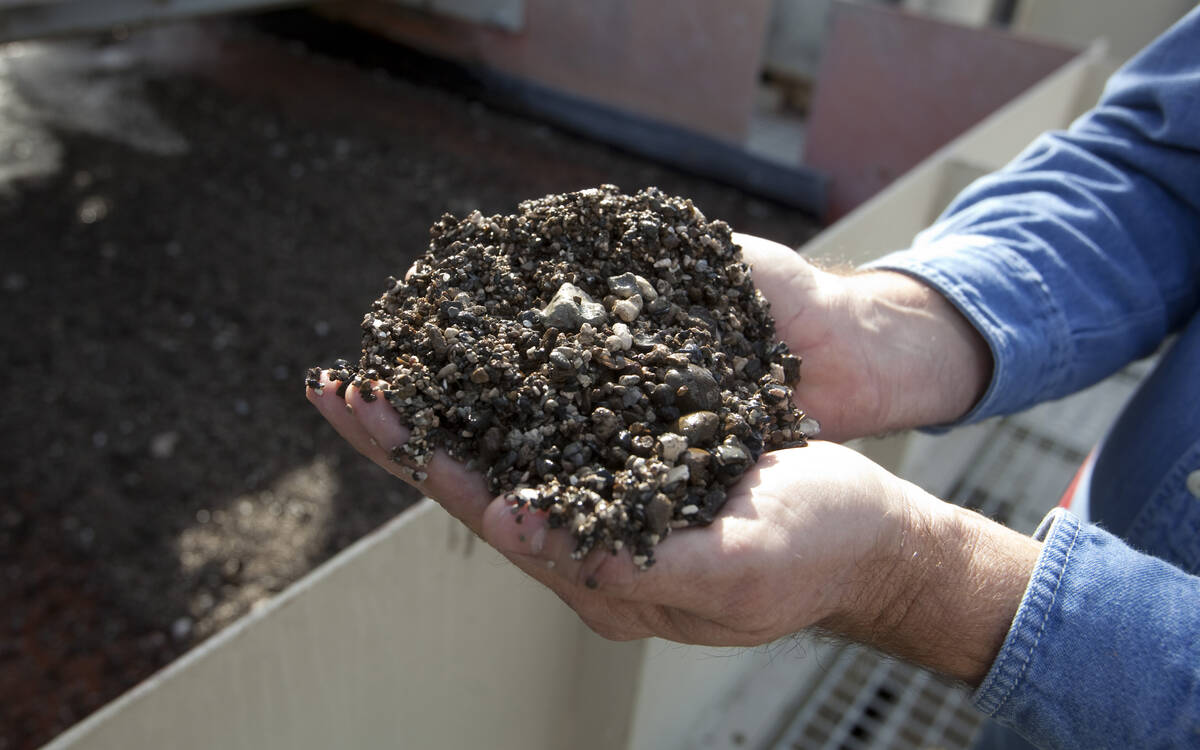Countries foolishly using fears about flu to restrict pork trade are helping to guarantee that everyone in the world will face higher meat costs next year.
Experts from the World Health Organization, the United Nations Food and Agriculture Organization, and American and Canadian food inspection agencies all agree that people can’t contract the flu from eating pork. Yet Russia, China and other countries are restricting pork imports from North America, causing hog prices to plummet and producers to cull unprofitable herds.
Some states in the Middle East, notably Egypt, are using the flu outbreak to eliminate their small hog herds, mostly kept by Christian minorities.
Read Also

Phosphate prices to remain high
Phosphate prices are expected to remain elevated, according to Mosaic’s president.
These actions are unwarranted and lead to suspicions that the countries are addressing domestic issues, like popular distrust of government, religious tensions or plans to boost the domestic swine industry.
The result of all this will be a reduced world hog population and that means smaller pork supplies and, eventually, higher prices.
Canadian hog producers, who haven’t seen profits in years because revenue hasn’t kept up with feed costs, have been culling herds and the pace could pick up if restrictions on pork exports continue and North American consumers get caught up in the anti-pork hysteria.
American producers are culling too, adding to a general tightening of meat supply in North America, even for chicken, which previously had a 36-year history of uninterrupted growth.
For consumers with large freezers, it might be a good time to fill up before this tightening supply causes meat prices to jump.
Canada’s hog herd as of April 1 was 8.6 percent smaller than it was a year ago. The breeding herd was down 6.2 percent.
The declines are more pronounced in Western Canada, particularly in Saskatchewan, where the herd was slashed by 24.2 percent and the breeding herd was down 20.6 percent.
On April 1, Canada had 8,300 hog operations, about 1,000 fewer than a year ago as several hundred producers took advantage of the federal government’s Cull Breeding Swine Program to dispose of their breeding herd.
The March 1 United States Department of Agriculture hogs and pigs report said the U.S. breeding herd was down three percent from the year before and the total herd was down 2.7 percent.
U.S. slaughter of cattle and hogs has been down all year and total red meat production since the start of the year is down 4.5 percent compared to the same period last year.
To the end of March, poultry slaughter by weight in the U.S. was down seven percent.
The amount of chicken in cold storage in the U.S. in March dropped 17 percent from a year earlier, pork stocks were down 10 percent and beef was down one percent. However, there is still more meat in storage than the five-year average.
The global recession has temporarily stopped a multi-year trend of increasing meat consumption.
Global economies are likely to resume growth in 2010 and people will want to celebrate with more meat in their diet.
But they are likely to get a shock at the meat counter.














